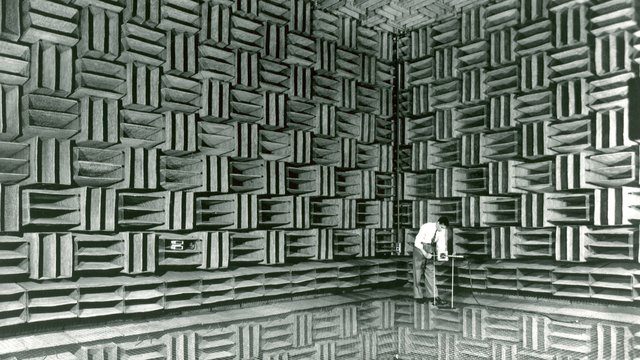Today I sanded and stained each segment. I also measured and drilled the holes in the back of each segment so it can be mounted to the wall.



1st April 2024
by Matthew McConway
0 comments
Today I sanded and stained each segment. I also measured and drilled the holes in the back of each segment so it can be mounted to the wall.


1st April 2024
by Matthew McConway
0 comments
Today I went back to the 3D workshop to continue working on the blocks. The glue has set and I am able to test different stains on the backside of one of the blocks. After a few tries, I found that a mix between 2 different stains works the best.
I have drawn some curved shapes, inspired by the buildings of Zaha Hadid. I measured each page and cut it to the size of each block. I then simply followed the line of the curve with a bandsaw. I drew the shapes so I could use each side of the cut, doubling the amount of segments I then have to build the shelf.





1st April 2024
by Matthew McConway
0 comments
Today I began the process of measuring and cutting the materials. I then glued them together and left them in the clamp to set. The next step is using the bandsaw to cut each block into it’s individual shape. I am planning on using both sides of the cut, so I can get as much out of my materials as possible.




1st April 2024
by Matthew McConway
0 comments

1st April 2024
by Matthew McConway
0 comments





1st April 2024
by Matthew McConway
0 comments
-Sound absorbing qualities
-sustainable and renewable
-hyper allergenic
-Non-absorptive
-Heat and fire resistant
-Can only be harvested by hand. Harvesters are the highest paid agricultural workers in the world.
-Cork forests absorb up to 14 million tonnes of C02 each year, due to cork harvesting.
Cork is looking like the most likely option for the shelf. I am planning to use both cork and spruce, layering them together, to create more material, and keep the price down.
1st April 2024
by Matthew McConway
0 comments
After much contemplation, and evaluation of my options. I have decided that building a wall mounted shelf will be the most impactful piece. This shelf will act as a sculptural art piece, acoustic treatment for the space and also fully function as a shelf. I have been sketching some ideas, and thinking on what material will be best, while also being financially viable.
1st April 2024
by Matthew McConway
0 comments
Today I researched ways in which I can generate parametric designs. I have come across a few different types of software, with some seeming to have a steeper learning curve than others. I am hesitant with using parametric design for my installation, as it will mean trying to learn a new software in such a short amount of time.
Today I followed some tutorials on Youtube, using Blender (specifically Sverchok, the parametric plugin). After following the tutorials, I decided to attempt to ‘represent’ the sound of a space using a parametric box.
I took some recordings of claps in my kitchen, and used audacity to convert these recordings into numerical data. I then selected numbers at random and used them to drive the parameters of sverchok.
This is a very loose way of representing space, and it didn’t really work so well. I am going to have to figure out another way to represent space, or else I will just have to skip this part of the design, in order to build something before the exhibition.



1st April 2024
by Matthew McConway
0 comments
Parametric design is an approach to design where relationships between elements are used to manipulate and inform the design of complex geometries and structures.



1st April 2024
by Matthew McConway
0 comments